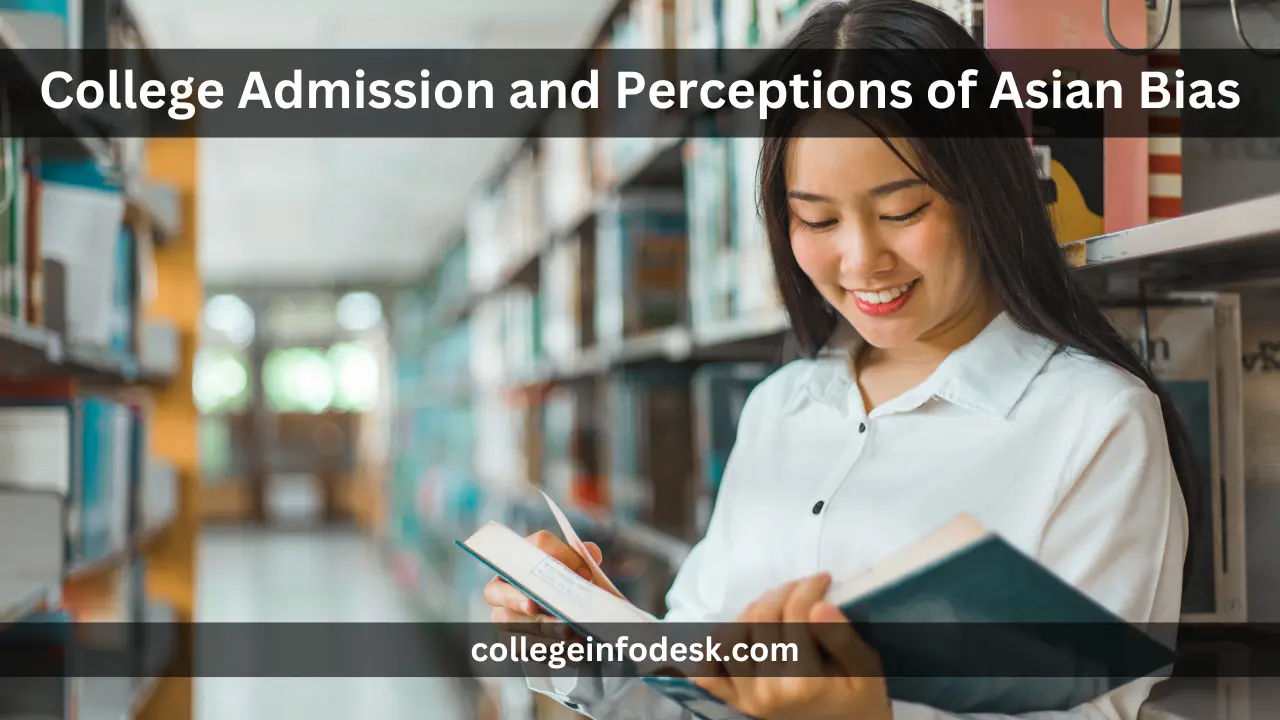In recent years, there has been a growing debate surrounding the admissions process at top American colleges and universities. One particular topic that has garnered significant attention is the notion of bias against Asian college applicants. Many believe that Asian students face discrimination in the admissions process, resulting in lower acceptance rates compared to their non-Asian counterparts. However, the reality is far more nuanced than this simplistic narrative suggests. In this article, we’ll explore the evidence and debunk the myth of bias against Asian college applicants.
Also read Highly-Selective College Admissions Process
Understanding the Numbers
Before diving into the discussion, let’s take a closer look at the statistics. Between 2000 and 2015, the Asian population in the United States experienced a substantial increase of 72%. Despite this growth, Asians still make up only 5.6% of the total U.S. population as of 2021. However, when we examine the demographics of many prestigious universities, we find that Asian undergraduate representation often exceeds their proportion of the overall population by a significant margin.
For example, institutions like Caltech, UC Berkeley, MIT, and Stanford boast Asian undergraduate populations ranging from 23% to 37%. These figures suggest that Asian students are well-represented on elite college campuses, challenging the notion of systemic bias against them in the admissions process.
The Myth of Bias
Despite the impressive representation of Asian students at top universities, the perception of bias persists. Many believe that Asian applicants are held to higher standards and face discriminatory practices that limit their chances of admission. However, a closer examination of the available evidence paints a more complex picture.
Research has shown that while Asian students tend to have strong academic credentials, including high grades and test scores, they also face unique challenges in the admissions process. For instance, some admissions officers may view Asian applicants as lacking in diversity, leading to concerns about “overrepresentation” and the need for a more holistic approach to admissions.
Additionally, Asian applicants may encounter stereotypes and biases that affect how their extracurricular activities, personal essays, and letters of recommendation are perceived. These factors can influence admissions decisions and contribute to disparities in acceptance rates.
Debunking the Myth
While it’s essential to acknowledge the challenges faced by Asian college applicants, it’s equally important to debunk the myth of systemic bias. Contrary to popular belief, there is no evidence to suggest that Asian students are systematically disadvantaged in the admissions process. In fact, many elite universities actively seek to recruit diverse student bodies, including students from Asian backgrounds.
Moreover, efforts to promote diversity and inclusion have led to changes in admissions policies and practices. Many colleges now employ holistic review processes that consider a range of factors beyond academic achievements, such as leadership qualities, community service, and personal experiences.
Moving Forward
As we strive to create fair and equitable admissions systems, it’s crucial to challenge stereotypes and biases that may influence decision-making. Colleges and universities must continue to prioritize diversity and inclusion, ensuring that all applicants are evaluated fairly and without prejudice.
For Asian college applicants, it’s essential to focus on showcasing their unique talents, experiences, and perspectives in their applications. By highlighting their individuality and contributions to their communities, Asian students can stand out in the admissions process and demonstrate their readiness to thrive in a diverse academic environment.
Also see TOEFL or IELTS? Which Test Should I Choose in 2024
Conclusion
In conclusion, the belief in bias against Asian college applicants is a myth that requires debunking. While Asian students may face challenges in the admissions process, there is no evidence to support the existence of systemic discrimination. By promoting diversity, equity, and inclusion, colleges and universities can create fairer admissions systems that benefit all applicants, regardless of their background. As we work towards a more equitable future, let’s challenge stereotypes and biases and strive to create opportunities for every student to succeed.
